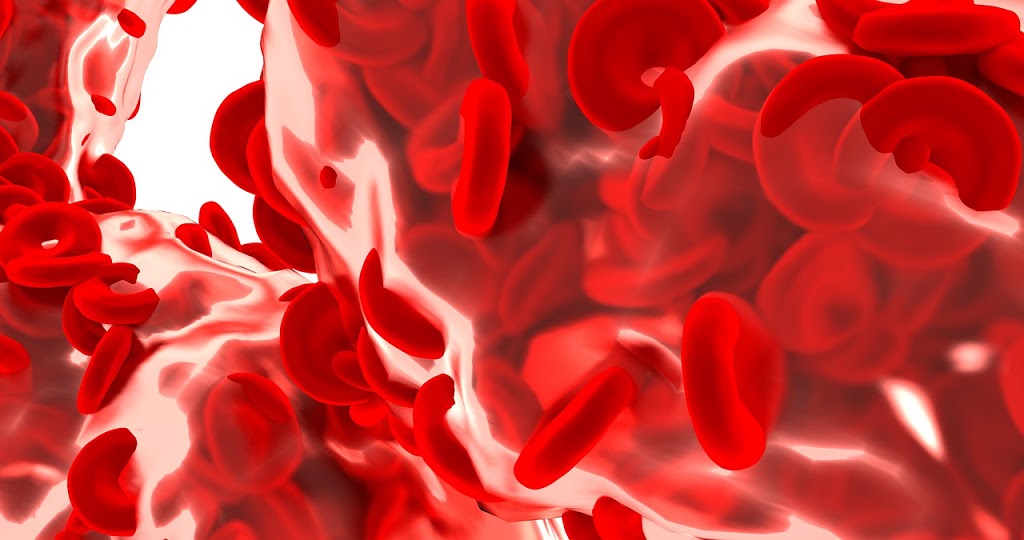SpO2, also known as oxygen saturation, is a measure of the amount of oxygen-carrying hemoglobin in the blood relative to the amount of hemoglobin not carrying oxygen. The body needs there to be a certain level of oxygen in the blood or it will not function as efficiently. In fact, very low levels of SpO2 can result in very serious symptoms. This condition is known as hypoxemia. There is a visible effect on the skin, known as cyanosis due to the blue (cyan) tint it takes on. Hypoxemia (low levels of oxygen in the blood) can turn into hypoxia (low levels of oxygen in the tissue). This progression and the difference between the two conditions is important to understand.

It is vital to maintain normal oxygen saturation levels in order to prevent hypoxia. The most important way that the body maintains healthy SpO2 levels is through breathing. The lungs take oxygen that has been inhaled and binds it to hemoglobin that then travels throughout the body with the payload of oxygen. The oxygen needs of the body increase during times of high physiological stress (e.g., lifting weights or running) and at higher altitudes. The body is usually able to adapt to these increases, provided that they are not too extreme.
